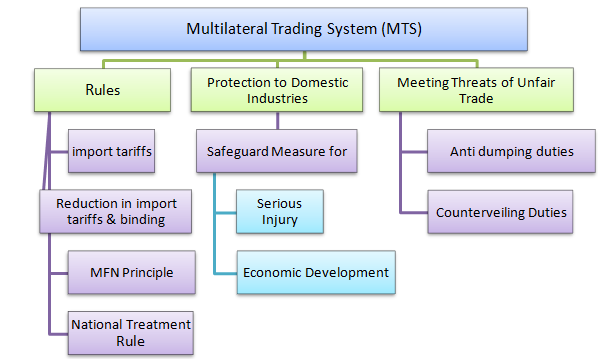Indus Valley inscriptions were written logographically: Research
A recent research paper has claimed that majority of Indus Valley inscriptions were written logographically (by using word signs) and not by using phonograms (speech sounds units). This paper titled Interrogating Indus inscription to unravel their mechanism of meaning conveyance was published in Palgrave Communications, a Nature group journal. It mainly focused on understanding how Indus inscriptions conveyed meanings, rather than on deciphering what they conveyed.
Indus Inscriptions
They were discovered from nearly 4,000 ancient inscribed objects, including seals, ivory rods, tablets, pottery shards, etc. They are one of most enigmatic legacies of Indus Valley civilization which have not been deciphered due to absence of bilingual texts, extreme brevity of inscriptions, and ignorance about language(s) encoded by Indus script.
Key Findings of Paper
Majority of the Indus Valley inscriptions were written logographically (by using word signs) and not by using phonograms (speech sounds units).
The inscriptions can be compared to structured messages found on stamps, coupons, tokens and currency coins of modern times.
It classifies signs into nine functional classes. Based on various archaeological evidence it claims that inscribed seals and tablets were used in some administrative operation that controlled the commercial transactions prevalent in the trade-savvy settlements of the ancient Indus valley Civilisation.
The popular hypothesis that Indus valley seals were inscribed with Proto-Dravidian or Proto-Indo-European names of seal-owners does not hold ground.
Though many ancient scripts use rebus principle methods (in which word-symbol sometimes gets used only for its sound value) to generate new words, but inscriptions found on Indus seals and tablets have not used rebus as mechanism to convey meaning.
Significance of this study: It could serve as basis in future for deciphering of Indus Valley script.
No Comments
Leave a Reply
You must be logged in to post a comment.



Sahil Pawar
August 4, 2019 at 9:34 amMy passion is. Archeology
Sahil Pawar
August 4, 2019 at 9:34 amMy passion is. Archeology